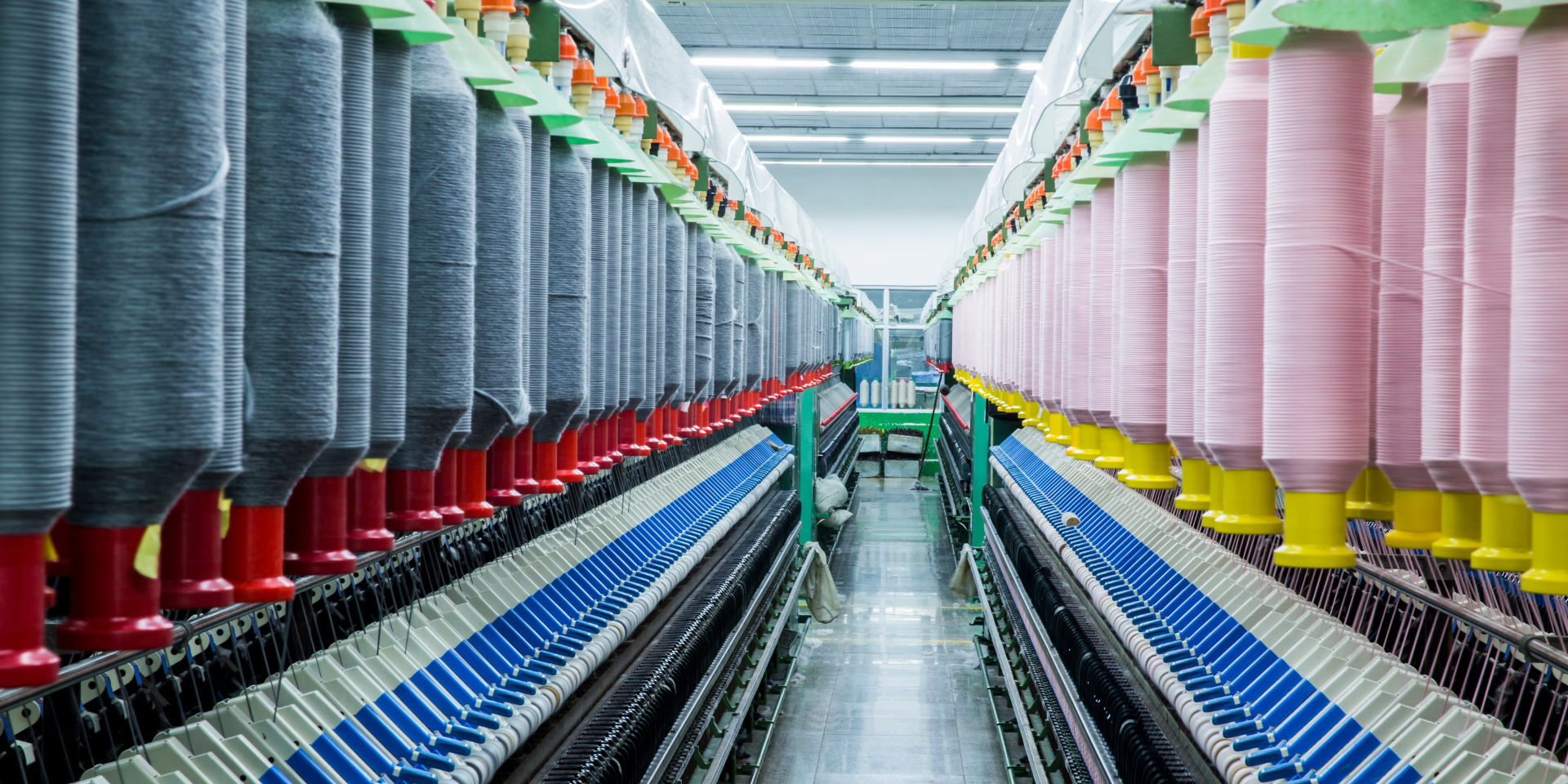Is your brand not just responsible but also truly transparent about its impact?
If your goal is to have a high rating on the go-to authority when it comes to fashion and beauty sustainability ratings, then addressing this should be a top priority.
We’re talking about the widely recognized Good On You. Today, millions of shoppers, retailers, and tech platforms rely on it to assess how brands impact people, the planet, and animals.
Many brands, both small and large, have been rated on Good On You—ranging from "Great" ratings for brands like Yes Friends, Etiko, Harvest & Mill, and Thela, to some of the worst ratings for Escada, Savage x Fenty, and Talbots.
Brands rated 3 to 5 are considered ethically responsible, while those rated 1 or 2 fall into the "not ethical" category.

But what exactly does it take to earn that cheerful smiley face seal of approval from their team?
We broke down their rating system—based on three key areas—so your brand can assess where it stands and take steps to improve.
1. People: Fair Treatment and Ethical Sourcing
Good On You evaluates how well brands ensure that their policies are put into action. The key factors include:
-
Worker empowerment: Do you foster safe working conditions and fair wages?
-
Supplier relationships: Do you collaborate with suppliers to uphold ethical standards?
-
Audits and transparency: Are your claims backed by independent certifications?
-
Crisis preparedness: How did your brand protect workers during COVID-19 and other public health crises?
-
Risk mitigation: Do you avoid sourcing from high-risk areas for forced labor, such as Xinjiang cotton or mica mined in India?
2. Planet: Environmental Responsibility
Sustainability isn’t just a buzzword—Good On You looks at how brands minimize their impact on the environment. Some of the key areas include:
-
Resource use: Do you prioritize sustainable materials and minimize waste?
-
Carbon footprint: Are you reducing emissions and transitioning to renewable energy?
-
Circularity: Do you design for durability, repairability, or recyclability?
-
Chemical impact: Do you avoid harmful chemicals and pollution risks?
-
Biodiversity: Are your sourcing policies mindful of deforestation, water conservation, and wildlife protection?
3. Animals: Ethical Material Sourcing
Good On You assesses how well brands monitor and manage animal welfare throughout their supply chain. Their criteria include:
-
Transparency: Do you trace all animal-derived materials and prioritize ethical sourcing?
-
Certifications: Do you use third-party certifications like PETA or the Leaping Bunny Programme?
-
Material choices: Are you reducing or eliminating fur, angora, exotic skins, or other high-risk materials?
-
Wool and leather sourcing: If you use these materials, are they certified cruelty-free or recycled?
-
Beauty industry impact: Do you ensure no animal testing occurs at any stage of production?
Why Good on You is a Credible Source
Good On You takes a deep dive into how brands operate, looking at everything from raw materials to the end of a product’s life.
To implement that, the company gathers information from over 1,000 data points across 100+ key issues to calculate a brand’s final score. They also assess certifications, standards, and third-party sources, focusing on their scope, quality, and real-world impact.
Although high ratings are rare—out of 5,800 brands in their database, only 9.6% have scored “Good” or “Great” across all areas (environment, labor, and animal welfare)—it’s still important to have these factors on track within your brand’s production.
Not just for the rating itself (since many brands may not be listed there), but because it sets a solid benchmark for achieving meaningful sustainability goals.
In addition to all of that, being rated on Good On You is an amazing opportunity for brands to gain recognition, especially since Good On You is highly popular in the industry right now, particularly within sustainability communities.
This approach doesn’t intimidate people; instead, it invites them to learn more about the brand and its sustainable background.
Moreover, the business is well-known for its clear communication style, which resonates with younger generations who value accessible information, as well as older generations who are looking for an easier way to understand sustainability issues in the fashion industry.
This approach, instead of intimidating people, it invites them to learn more about the brand and its sustainable background. A great opportunity for more visibility.
Want to Get Your Brand Listed on Good On You?
If your brand is striving for a top-tier sustainability rating, here’s how to start:
-
Review the Good On You ratings guide to understand the evaluation process.
-
Ensure all sustainability and ethical information is publicly available on your website.
-
Use this form to apply for assessment and listing.
Earning a high rating on Good On You isn’t just about recognition, it builds trust with conscious consumers and positions your brand as a leader in responsible fashion.
What do you stand for?
Sustainability, grounded in honesty and authenticity, is at the heart of sales and consumer relationships in 2025 and beyond. This shift is built on transparency and the importance of conveying the true value of sustainable products.
It's THE time for brands to not only communicate what they stand for but also to help consumers grasp the real worth behind ethical pricing. By doing so, we can shift perceptions and empower customers to understand that sustainability isn't an added cost, but a crucial investment for a better future.
At World Collective, we are happy to be a part of this purpose by offering a space where collaboration, innovation, and sustainability thrive, helping brands make the sustainable supply chain more visible and respected by consumers.


